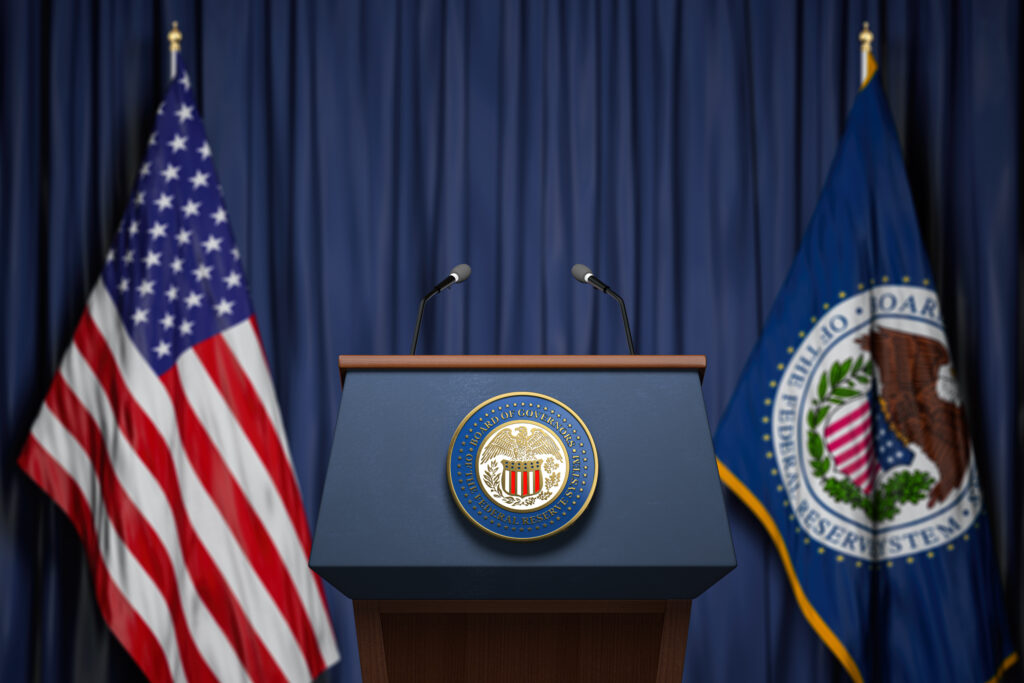Social
Leave a Comment or Be Left Behind
Share
“I’m just here for the comments,” is a phrase we often see below trending content across social platforms. The comment section gives everyday people a place to sound off, and in 2022, fun-loving brands chime in too!
Get Our Best Insights
Updates delivered straight to your inbox







